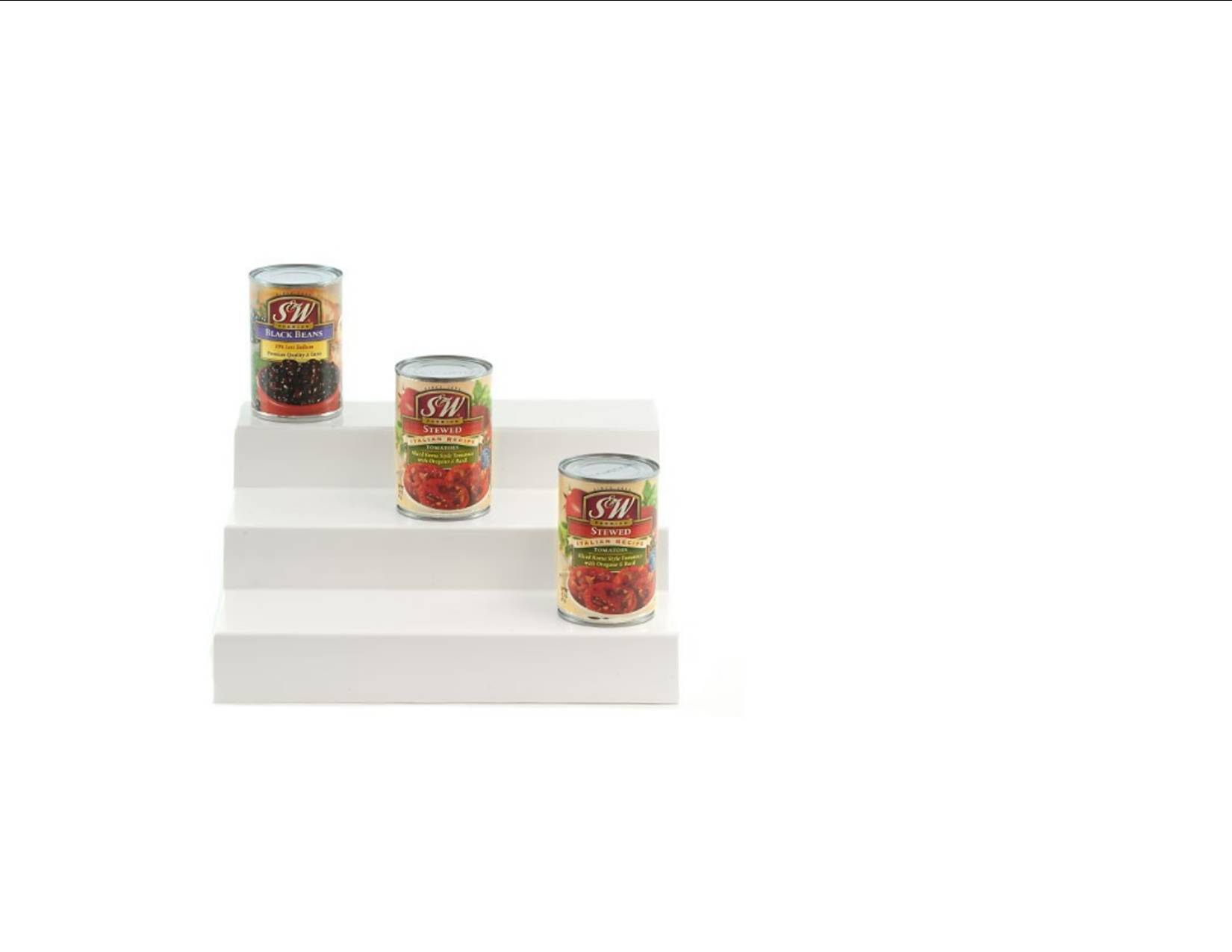After my office, my kitchen has to be the most used room in the house during waking hours. It is the one place I truly allow my creative juices to run wild. Or at least that was true prior to the unwelcome imposition of dietary restrictions. Although now that I think about it, I have had to become more thoughtful in my menu planning and ingredient selection, so maybe that has rendered me even more creative. It is also the one room that is continually in a state of flux. I touched upon this in the "It's A Relationship Not a Marriage" Blog.
Let's think about the kitchen for a minute. Whether you are a gourmet chef or a parent running between soccer matches and PTA meetings, you all need to eat. And if you are the family limo driver, prep time is of the essence. Placement of your utensils, pots and pans, and ingredients needs to be as strategic as possible to move the process along quickly. If you are afforded the luxury of a leisurely pace, you still might enjoy the ease of reaching for or obtaining whatever your recipe calls for without wasted searching and crisscrossing the room.
Doh!
If your kids are grown, maybe you will have the same "doh" moment that I recently experienced realizing that the kids no longer needed their plastic cups and plates that littered a drawer under my usual prepping work space next to the stove. By gutting that drawer, I repopulated it with cutting boards. I can go thru 2-3 cutting boards in a day. Usually I can give a dirty one a quick rinse and reuse it, but I prefer after slicing and dicing raw meat to let the dishwasher handle sanitizing it. Prior to my revelation, I trekked across the kitchen to the cupboard that housed them. The exercise was appreciated, but when pressed for time having what I need within easy reach is preferable to jogging back and forth.
Categorize and Compartmentalize
Next I noticed that behind me the everyday silverware drawer was fairly organized by a silverware sorter, but the drawer under my work space was calling out for some TLC and similar compartmentalizing. This drawer houses measuring spoons, peelers, corkscrews and various other utensils. Rather than purchasing additional sorters, like me, you can use containers that you may have accumulated over the years. Some from take out restaurants are especially useful. The ones that I hijacked for this drawer are wide and flat and three of them can fit side by side in 2 rows each with a few inches remaining to store longer items such as tongs and skewers. Each of the containers store gadgets with the most frequently used ones such as the peelers, corkscrews, and measuring spoons in the first row easy access.
The next drawer down are prep cups, small stacking measuring cups and mixing bowls. The drawer below that houses strainers and large Pyrex measuring cups. Finally the bottom drawer is the new home to the aforementioned cutting boards.
How did I arrive at this arrangement?
1. Empty the drawers.
2. Categorize the objects (i.e., place the measuring cups together, strainers in another area, etc.).
3. Evaluate how often the items are used and which drawer has the dimensions to fit them best.
Continually reevaluate your needs. If they change, the arrangement can fluctuate as well.
Expandable Cabinet Shelf for extra storage in tight spaces
Pantry Pride
Next is the pantry area. There are many ways to organize pantry space. Use the steps above to take stock of what you have; what ingredients are frequently used and which ones are less so; and the storage space you have. Categories might include: spices, baking goods, dry goods (pastas, rices, beans, cereals, etc.), and canned (soups, tomato sauces, fruits, etc.) and jarred goods (i.e., peanut butter, jams, vinegars, oils, etc). Sort the items again into categories. You might wish to keep all canned goods together or maybe you prefer to have one shelf for jams, nut butters, fruits, while another if you have the space for the more "dinner entree" ingredients.
Expandable shelves work great in pantries and spice cabinets to triple your confined spaces and facilitate finding what you need. And if you have the luxury of adjustable shelves, alter the shelf heights to suit the types of products you wish to store. Use those out of reach cabinets for the ingredients or appliances that rarely if ever get used but you like to keep on hand for once a year holiday recipes. Consider that not all spices need to be together. Perhaps you prefer to have the everyday spices closer at hand to your work space and the less frequently used ones housed in the back of a cabinet. Maybe you like the savory in one location and the sweeter items in another. You have free reign to do as you wish. Again, if the initial arrangement does not suit your needs, feel free to reassess and rework them.
Dinnerware
The same holds true for your dishes and glassware. Do you want these close to your table or the dishwasher for ease in unloading? Are there some that get used daily and others that are seldom taken out? Can the latter be placed in a cabinet outside the kitchen to free up the space for dishes, pots and pans, containers, lids, small appliances that are part of your daily regimen?
The kitchen is your supreme dominion. Feel free to make it work for you. Need help getting it together? The Practical Sort will get you sorted.




